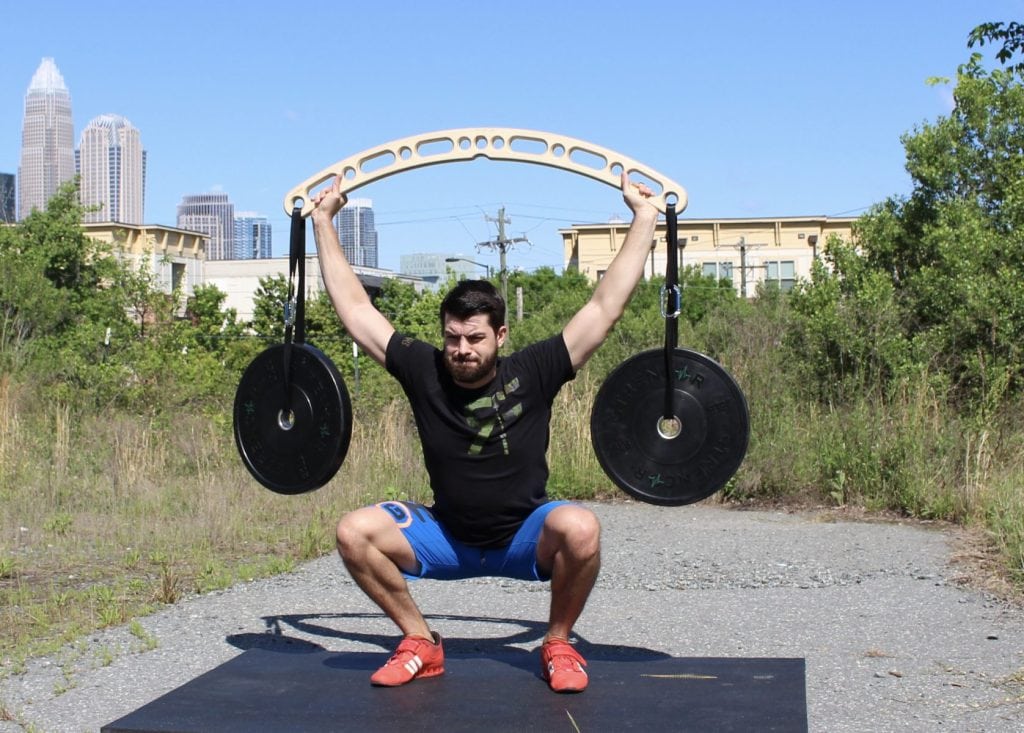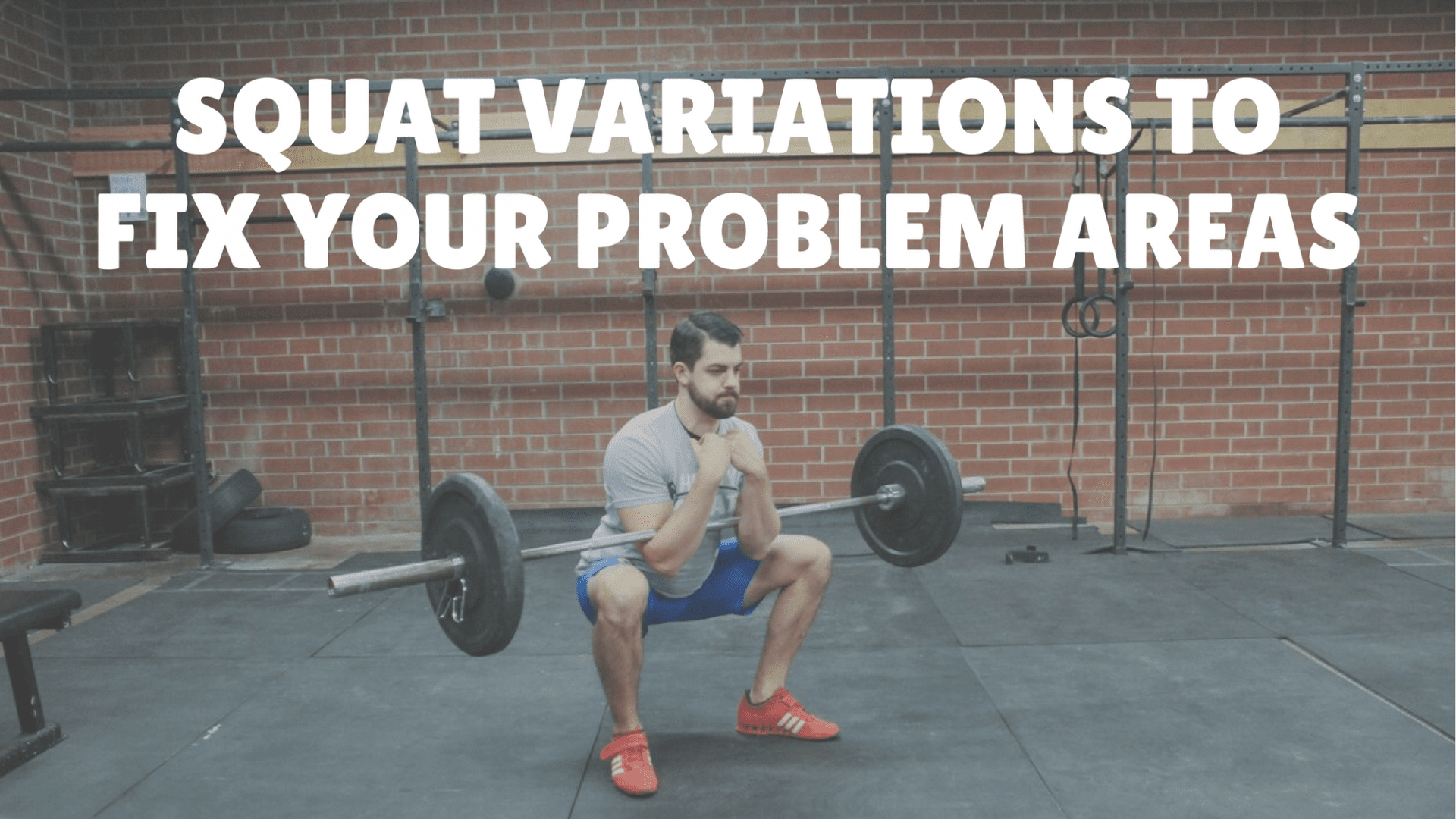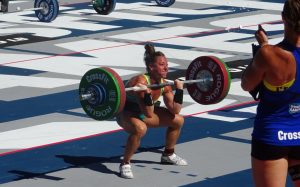The back squat is considered by most in the strength & conditioning world to be the king of all lifts, BUT what do we do when our squat progress stops? How do we address our specific weak points limiting progression? Try these squat variations to address your specific problem areas!
Note: for more details on diagnosing squat weaknesses, check out Episode 6 of the Performance Plus Podcast.
The Best Squat Variations
Belt Squats
The belt squat is my go-to choice to bring up quad strength in athletes with relatively weak legs compared to their back. By hanging the weight from a belt positioned around the hips, we significantly decrease the low back’s contribution to the squat and put all of the load onto the legs, also making it a great squat variation to use when rehabbing a back injury.
View this post on Instagram
Zercher Squats
Zercher squats are a brutal squat variation that crushes the upper back and legs. By holding the barbell in the crook of your elbow, your rhomboids & traps will have to work incredibly hard, making this a great exercise for athletes with difficulty keeping their thoracic spine extended during front squats! As you see in the below picture, this rounding over of the spine results in lots of missed lifts in athletes.
Hatfield Squats
The Hatfield squat requires that you own a Safety Squat bar and is performed by holding onto something stable such like pins in your squat rack set to about belly button height. This Hatfield squat allows many athletes to squat through more range of motion and to use arm assistance on the way up to if needed to move through a sticking point. This will allow you to get more volume with a heavy load or to overload the eccentric portion of the squat.
Anderson Squats
The Anderson Squat is performed by starting a squat from the bottom position of the lift in a dead-stop with the barbell resting on pins. This lift minimizes the strength-shortening cycle since the athlete doesn’t get the rebound effect of lowering the weight and developing tension to help reverse the barbell’s movement. Athletes will then learn to increase their rate of force development and maintain more tension out of the hole.
The Anderson Squat can be performed at a variety of depths but is most commonly programmed at sports-specific depth or at the individual’s weakest point of the squat to help them build more strength in their sticking point.
Hanging Band Squats
Many athletes have difficulty coordinating shoulder and core strength to perform a proper heavy overhead squat. For these athletes, making the exercise harder by hanging weights from resistance bands will quickly improve their form. The hanging weights are incredibly unforgiving and will quickly show an athlete when they get out of position. So after just a few reps, many athletes will rapidly figure out their sweet spot when they are most stable.

HBT Overhead Squats using a fantastic product called The Yoak available at https://theyoak.com/thebarbellphysio
Spanish Squats
Spanish squats allow the athlete to sit back into the squat while keeping the shins vertical. While this is far from a “normal” squat for most, it does allow for heavy loading of the quads with decreased patellofemoral pain, making this a great exercise to use for quad hypertrophy or during rehab.
The resistance band makes the lockout much tougher on the quads and lets you shift the center of gravity far behind the knee as you descend. Both load the quads more! Note how I keep my shins close to vertical in the bottom and lean back slightly into the band at the top. This is probably my favorite of these squat variations.
Kang Squats
We started with belt squats for those needing squat variations to improve quad strength relative to their back. Now let’s finish with the opposite problem.
For an athlete needing to bring up back, hip, and hamstring strength for the squat have them perform Kang squats as shown here by Don McCauley of Mash Elite Performance.







